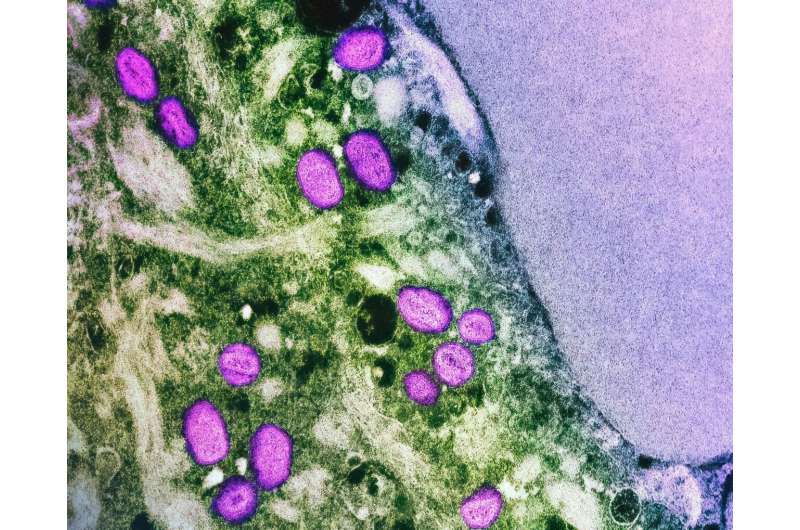Sierra Leone Reports Over 3,000 Mpox Cases and 14 Deaths in 2025

Sierra Leone reports over 3,000 mpox cases and 14 deaths in 2025, with cases spreading across all regions. The government has increased efforts to manage the outbreak amid regional rises.
Sierra Leone has reported a significant rise in mpox cases in 2025, with the total reaching 3,011 confirmed infections and 14 fatalities. The latest health ministry data, released late Friday, indicates that every region in the country has now documented mpox cases, reflecting widespread transmission across the West African nation. This recent surge marks nearly a 50% increase compared to data from just ten days prior, which recorded 2,045 cases and 11 deaths since the start of the year.
Mpox, caused by a virus related to smallpox, typically presents with high fever and skin lesions. Initially identified in the Democratic Republic of Congo in 1970, the disease was mostly confined to a handful of African countries until its spread beyond the continent in 2022. The World Health Organization heightened its alert level for mpox in 2024 due to increasing global cases.
In response to the rising cases, Sierra Leone has converted a police training center in Freetown into a 400-bed treatment facility to better manage the outbreak. The country's health system is still recovering from the devastating Ebola epidemic that occurred between 2014 and 2016, which claimed around 4,000 lives, including nearly 7% of health professionals.
Several neighboring countries, including Congo, Rwanda, Tanzania, Burundi, and Kenya, are also experiencing rising mpox cases, highlighting a regional health concern. Health authorities continue to monitor and respond to the outbreak, emphasizing the importance of early detection and containment strategies.
Source: Medical Xpress
Stay Updated with Mia's Feed
Get the latest health & wellness insights delivered straight to your inbox.
Related Articles
Many Americans Lack Awareness of the Cancer Risks Linked to Alcohol Consumption
A new study finds that only 40% of Americans recognize alcohol as a risk factor for cancer, highlighting a critical gap in public awareness with significant health implications.
How Coffee Consumption Can Impact Your Medication Effectiveness
Discover how coffee and caffeine can affect your medication's effectiveness and learn tips to enjoy your brew safely while on treatment. Essential advice for patients and coffee lovers alike.



